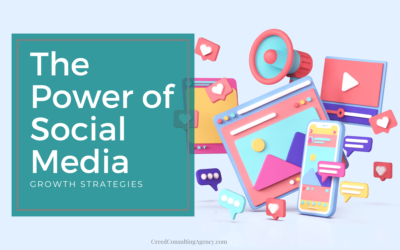Art of Storytelling
Whether you aim to strike a chord, captivate a new audience, or bolster your sales, storytelling stands out as the most potent tool in your arsenal. As humans, we are drawn to compelling narratives; when a story resonates, it has the power to compel us to act when nothing else can.
Consider this: Which would you prefer to read, an engaging story or a sales pitch? What is more likely to stay with you a week from now, a gripping narrative or a list of product features? And what is more likely to prompt a purchase, a story that mirrors your own experiences or a product that simply lists its functionalities?
Reflect on your recent purchases, from the business coach you hired to the car you bought last summer, and you’ll likely discover a story that struck a chord with you, influencing your decision to buy.
Stories About You
It’s a familiar refrain: People prefer to buy from those they know, like, and trust. Part of getting acquainted with you involves hearing your stories. Your potential clients want to know what led you to start your business, the experiences that shaped your decisions, and the lessons you’ve learned along the way.
Your stories need not be directly related to business to be impactful. That anecdote about almost getting arrested for not having a valid driver’s license could serve as an engaging introduction to a blog post about the importance of record-keeping. Likewise, the tale of seating two feuding families together at your wedding reception could effectively underscore a point about the value of relationship building.
Stories About Your Clients
Also known as social proof, stories about your clients are invaluable in your marketing and branding efforts. Testimonials, case studies, and white papers are all narratives that demonstrate how you and your products have positively impacted lives or businesses.
Stories About Your Products
Even your products have stories to tell. Why did you create that new coaching program? What goals will it help your clients achieve? Who is it not suited for? These stories can offer potential clients deeper insights into your products and services than any sales page ever could. Sharing your thought processes during the creation of your program allows buyers to determine instantly if it’s a product that aligns with their needs.
Stories wield significant power in branding and marketing, but they must be used judiciously. Avoid awkwardly inserting a story simply because you’ve heard it’s good for your marketing. If you find yourself midway through a blog post abruptly shifting away from a story with a statement like, “but anyway, enough of that, let’s get on with business,” chances are the story isn’t effectively resonating.
However, if you can seamlessly integrate your story with the content that follows, you’ve found your ticket to improved branding, increased sales, and a more profitable business. We are drawn to stories; don’t hesitate to share yours.
Pin for Later...

5 Essential Operations Tips to Streamline Your Online Business
Running a successful online business requires more than just great products or services —it calls for smooth, efficient operations behind the scenes. If your workflows are disorganized and in chaos, your business will struggle. Here are five tips to optimize your...
The Road to Personal Growth: How Life Coaching Can Transform Your Future
In today's post, we're diving into the power of life coaching—what it is, why it matters, and how it can help you unlock your full potential. Whether you’re feeling stuck in your career, personal growth, or relationships, this blog will explore how life coaching...
Unlocking Your Potential: The Power of Life Coaching
In today's post, we're diving into the power of life coaching—what it is, why it matters, and how it can help you unlock your full potential. Whether you’re feeling stuck in your career, personal growth, or relationships, this blog will explore how life coaching...
Unlocking Potential: The Role of Personal Development in Professional Success
In today’s fast-paced business environment, staying competitive means more than just acquiring technical skills. It requires a holistic approach to growth, encompassing emotional intelligence, resilience, adaptability, and leadership. As a consulting agency led by a...
Setting Powerful New Year Goals: Guide to Building Your Vision for 2025
As we say goodbye to 2024, it’s the perfect time to reflect on the progress we’ve made and the lessons we’ve learned. But instead of just focusing on the past year, let’s turn our attention to the future. As we move into 2025, it’s essential to approach the new year...
The Power of Social Media | Growth Strategies for 2024
In today's digital landscape, social media growth is not just a buzzword — it is an important element for influencers, businesses, and individuals looking to make an impact. Each year we see social platforms evolve, audiences shift, algorithm changes and new trends...






